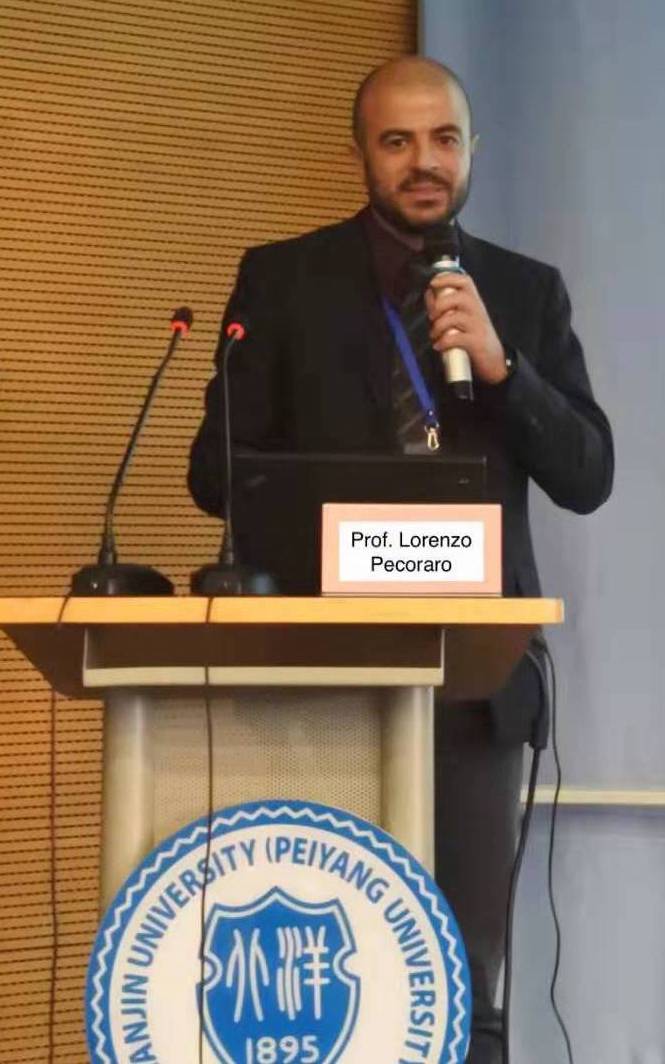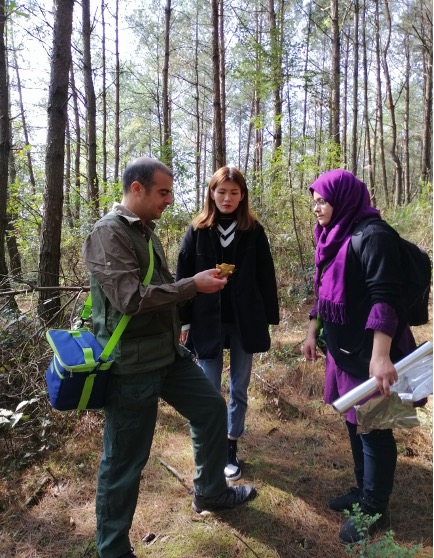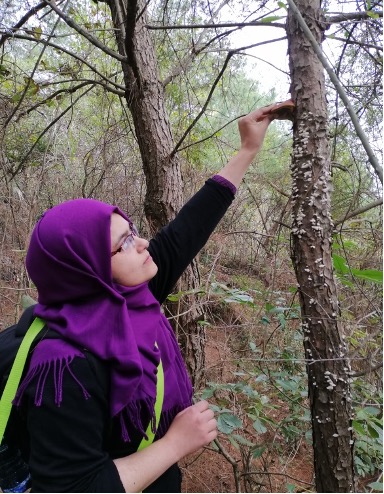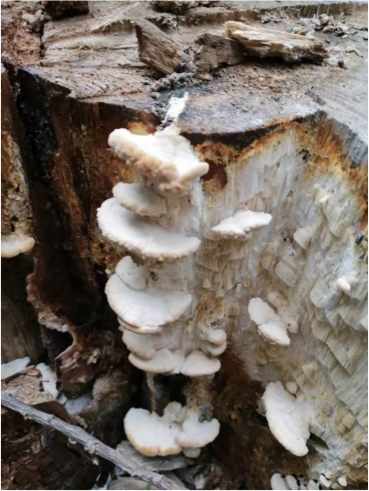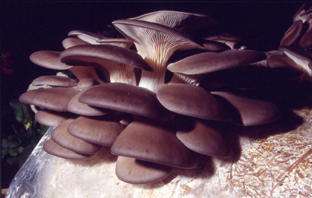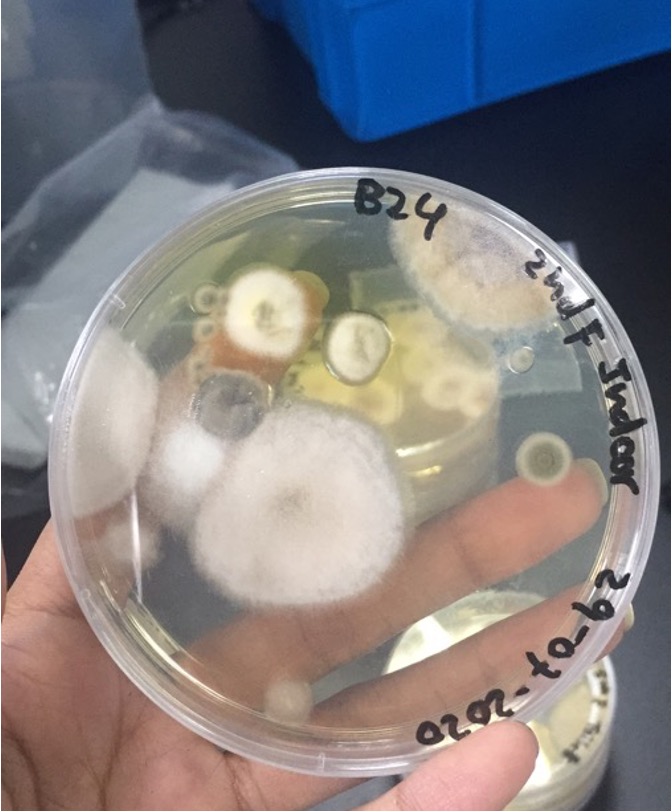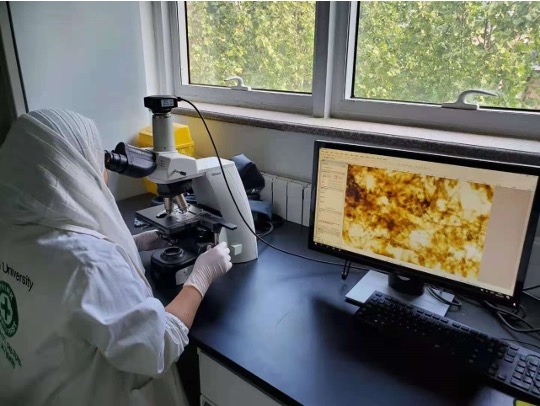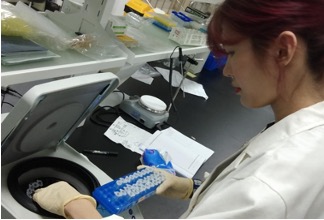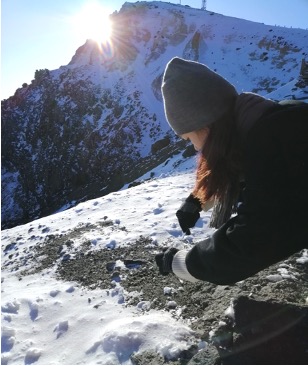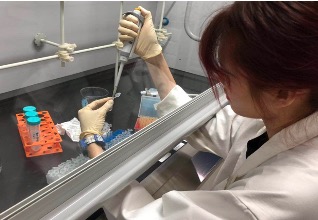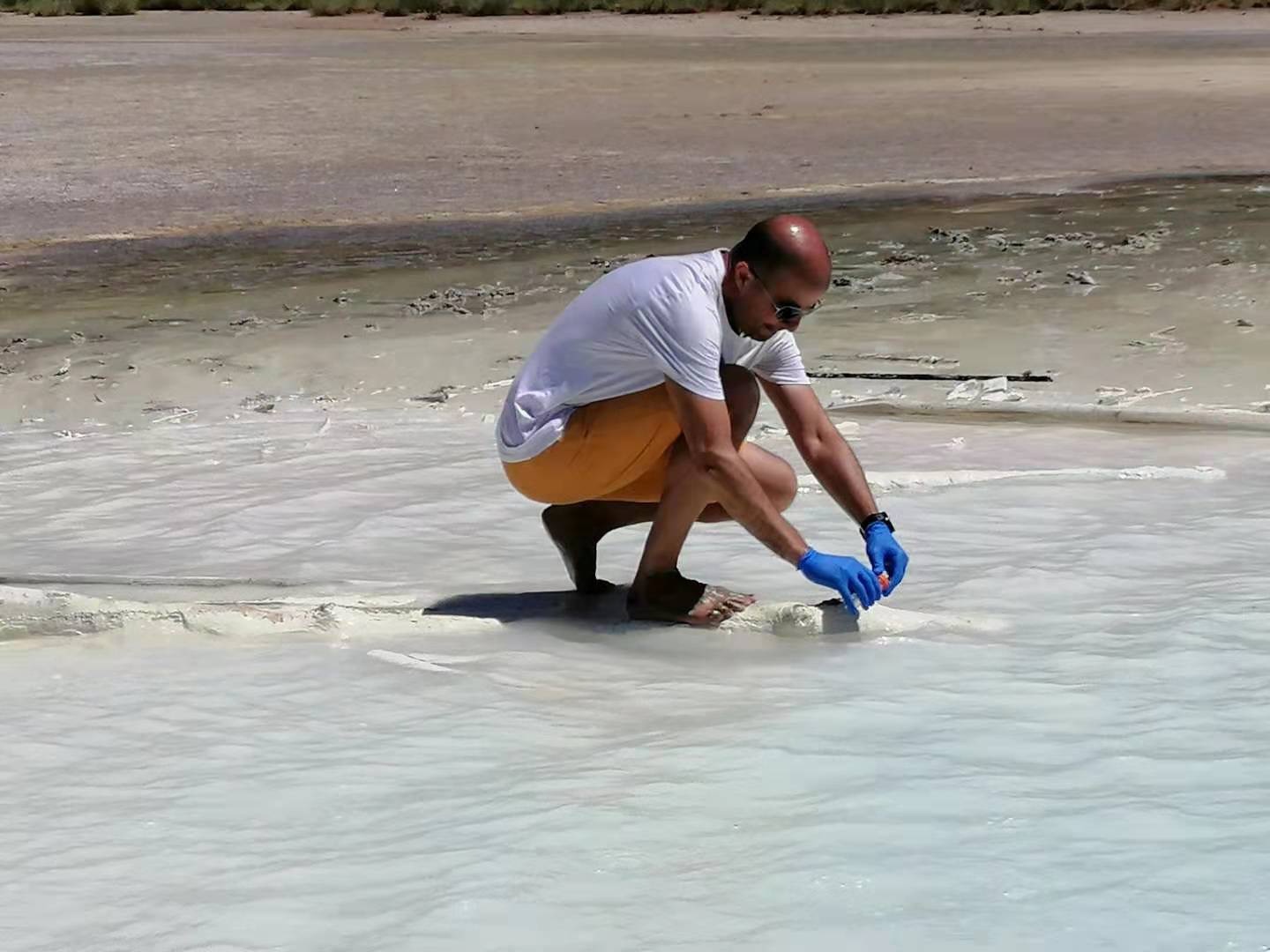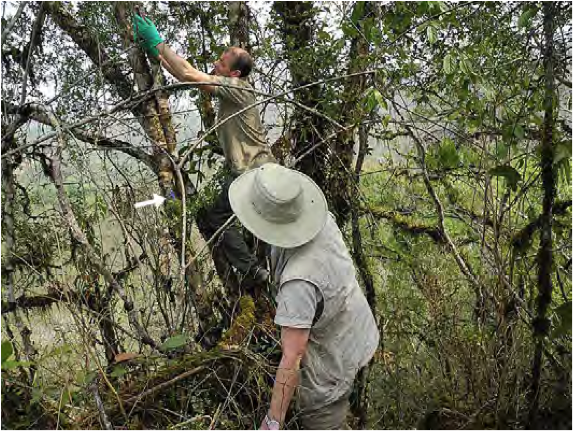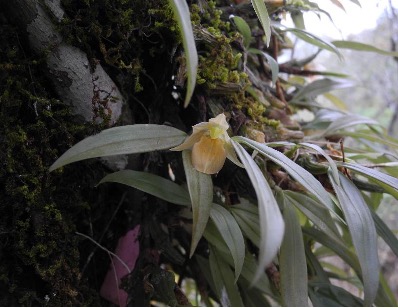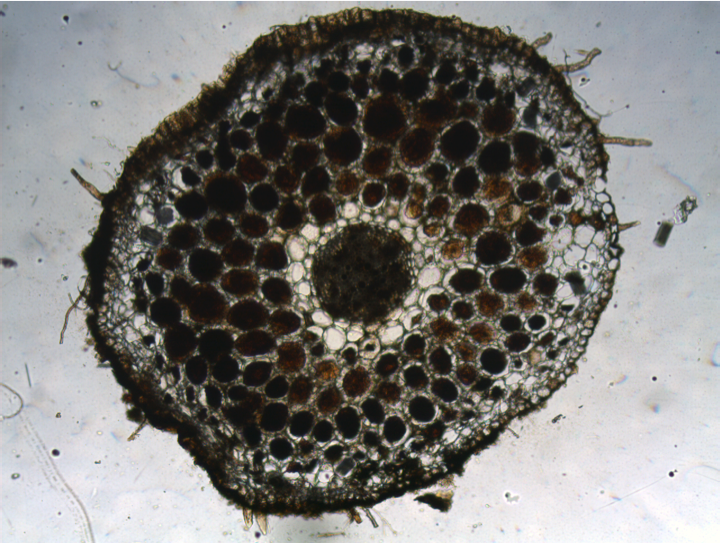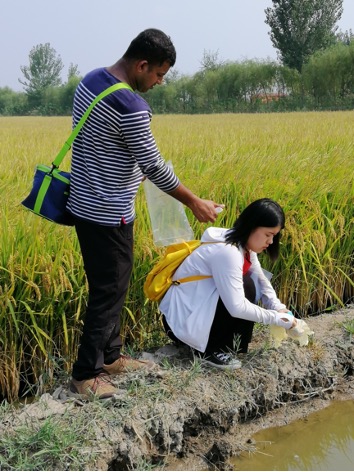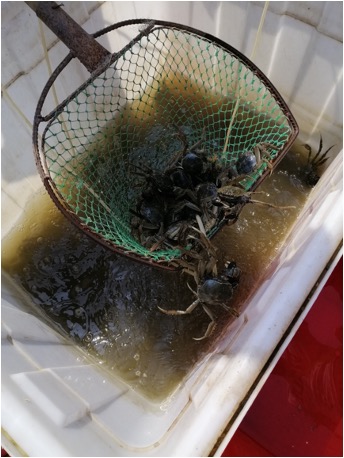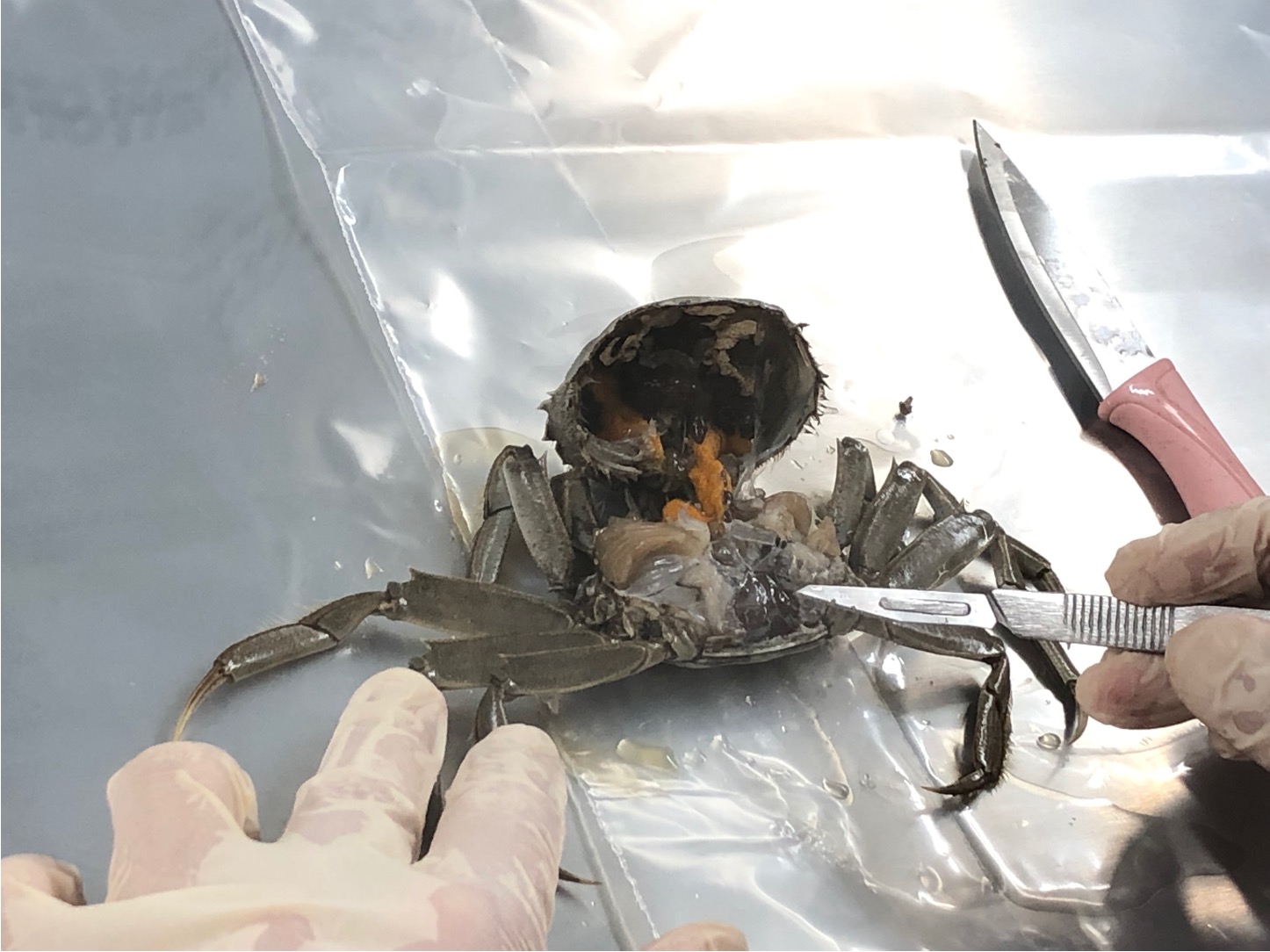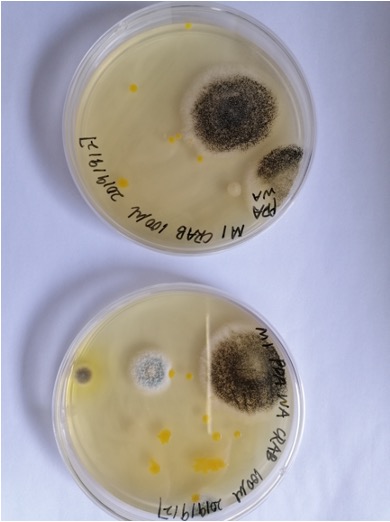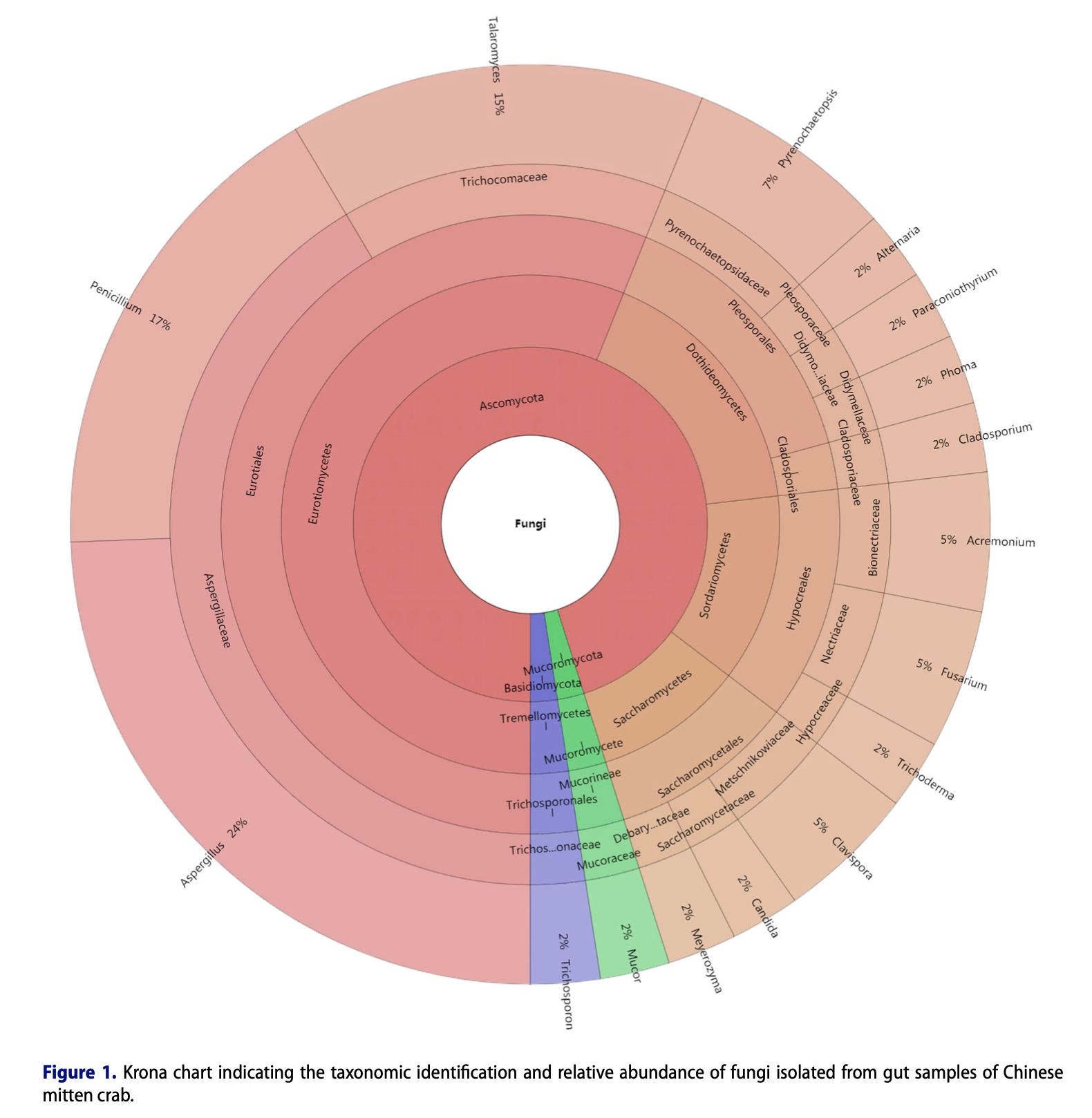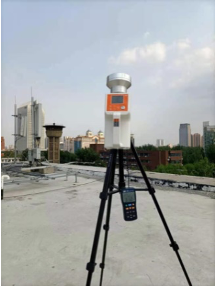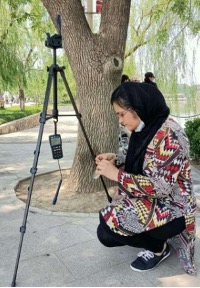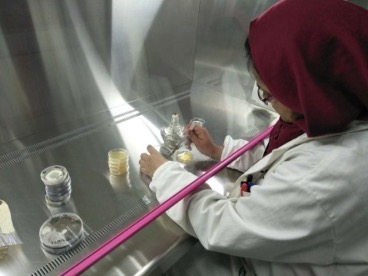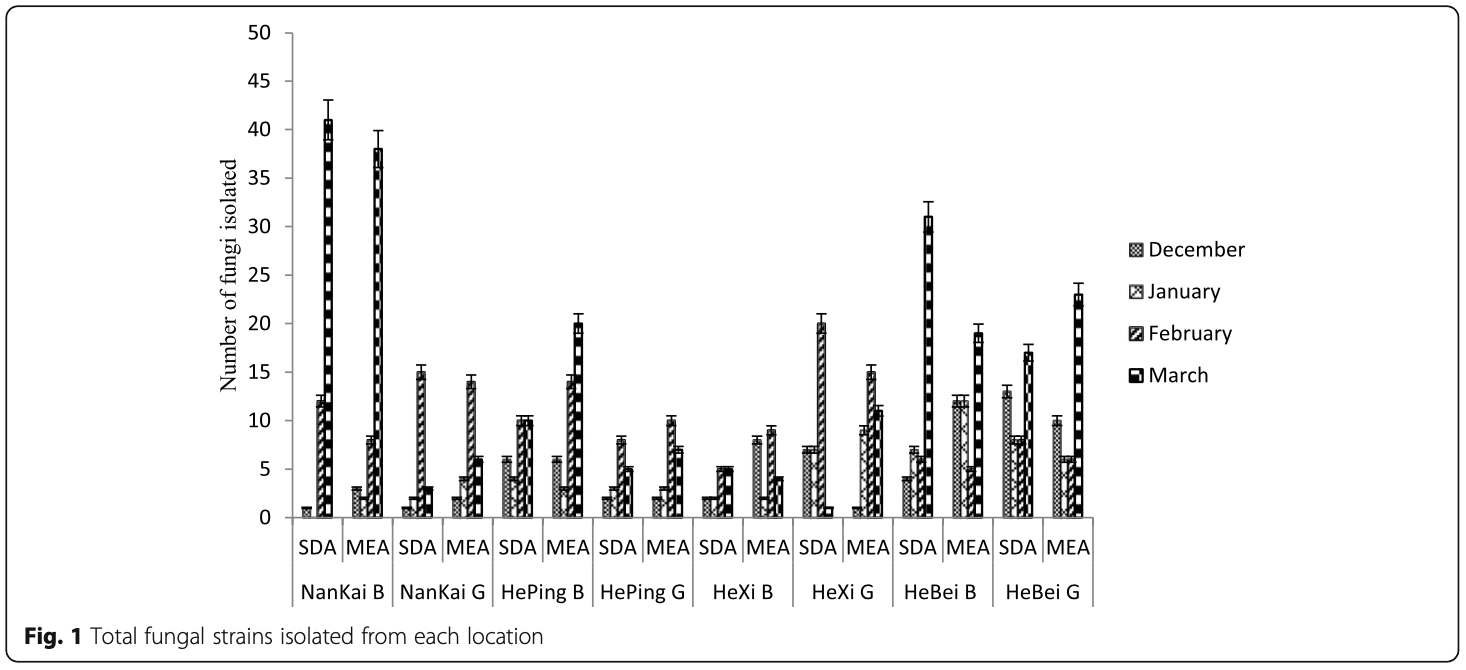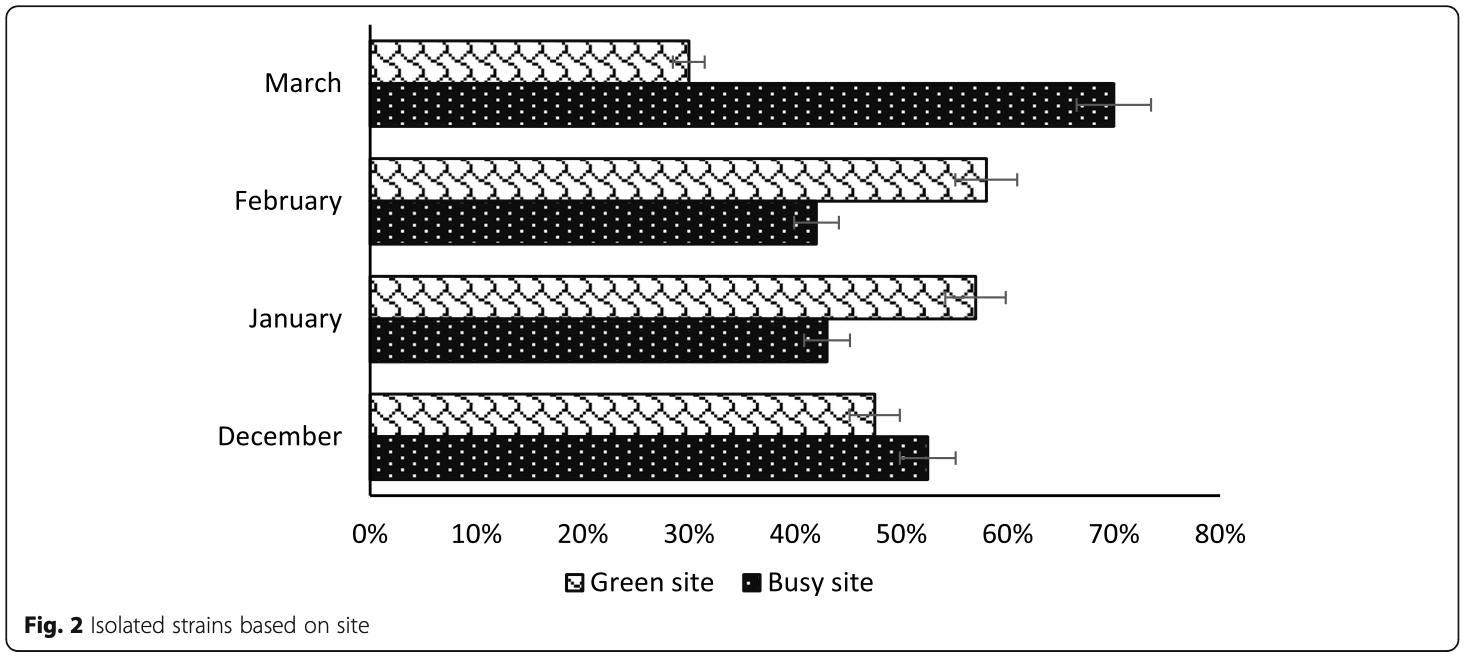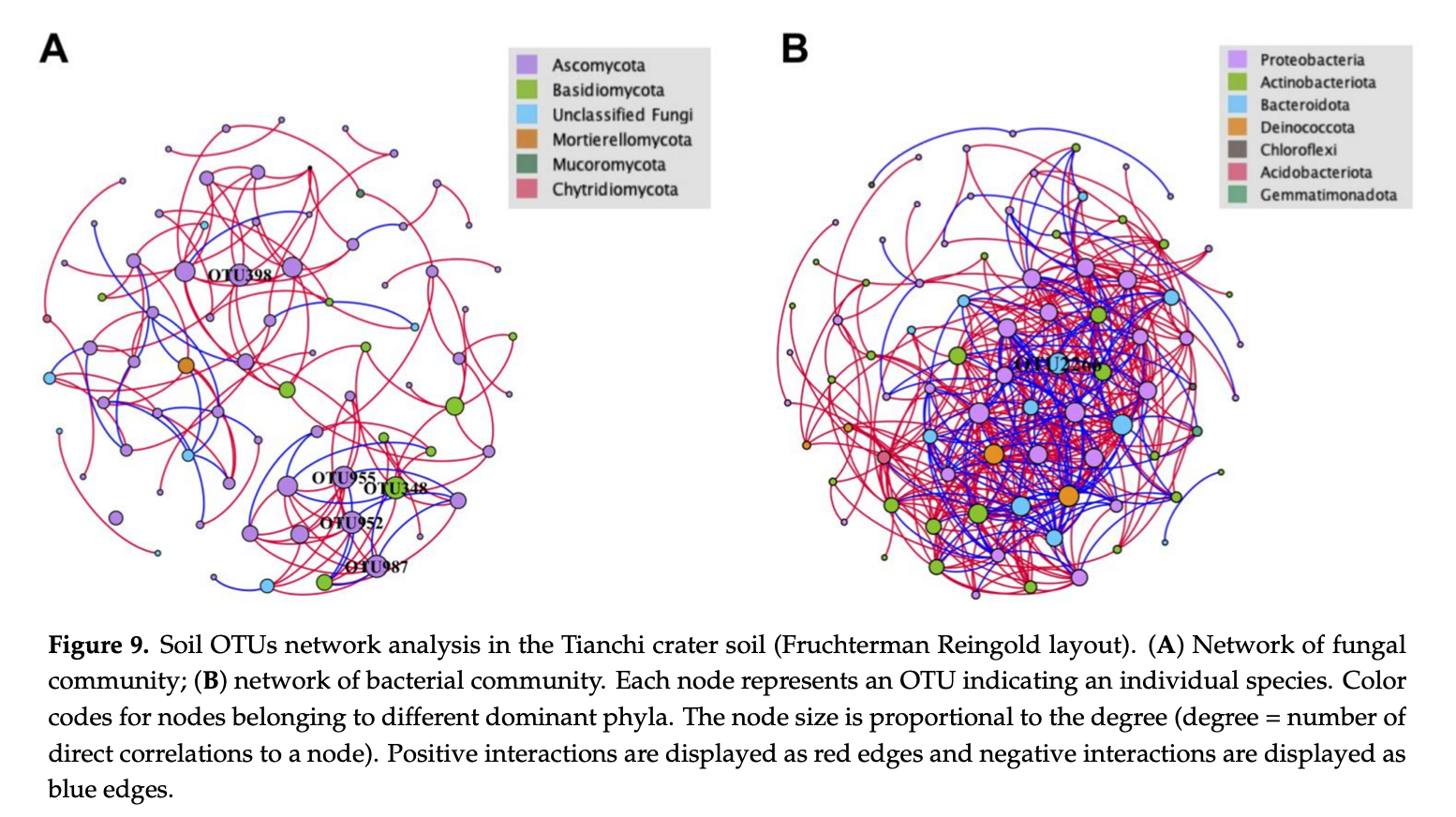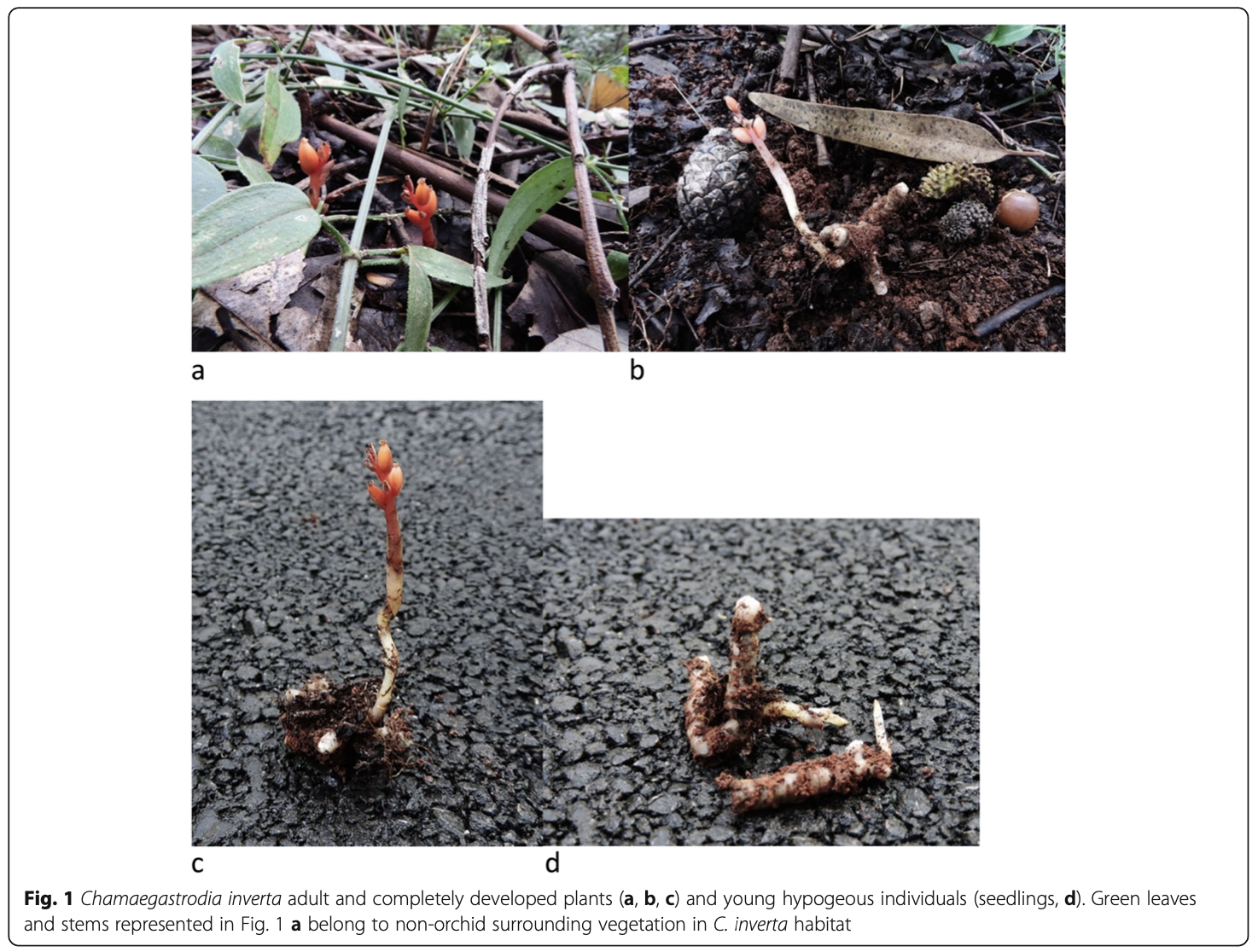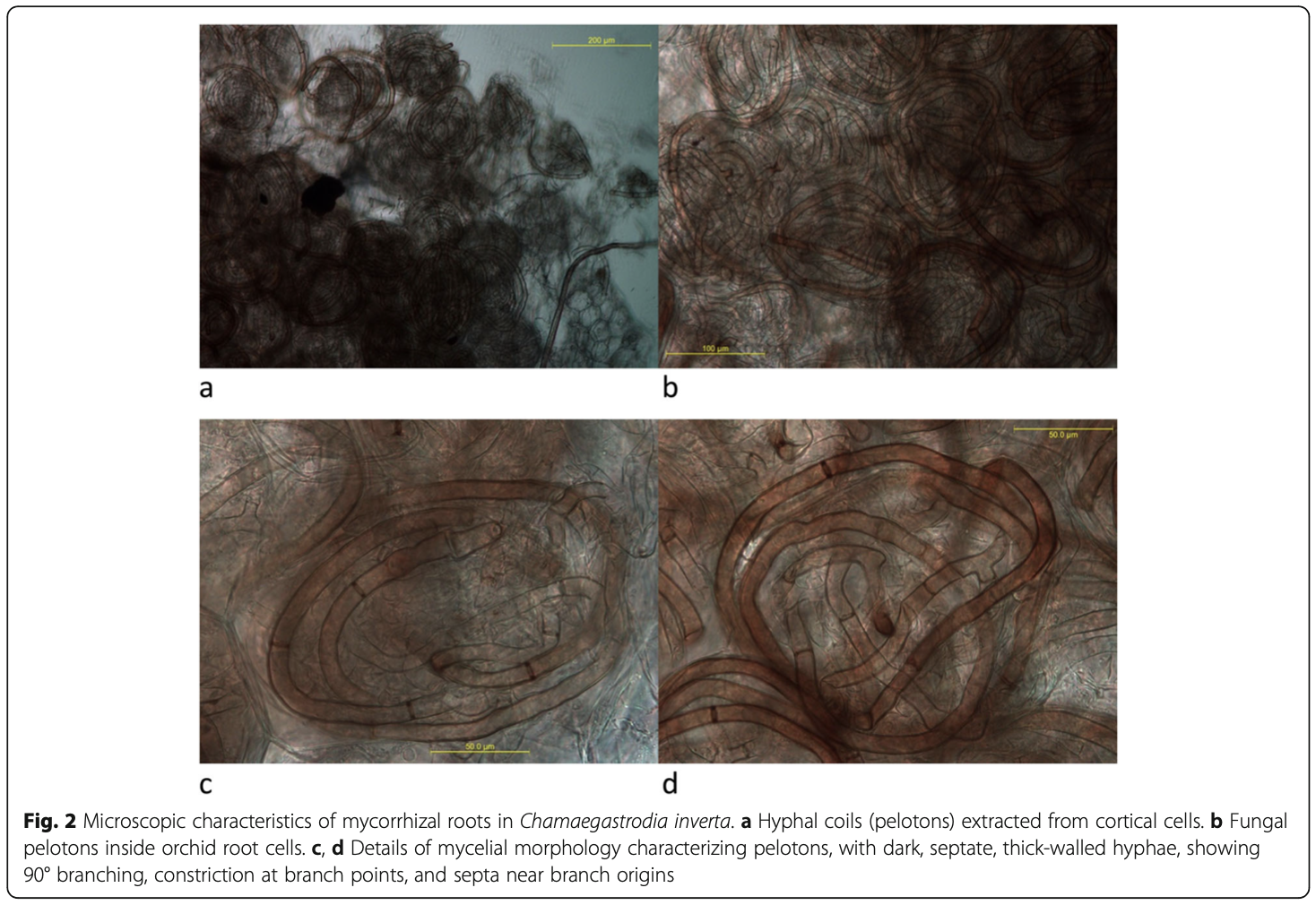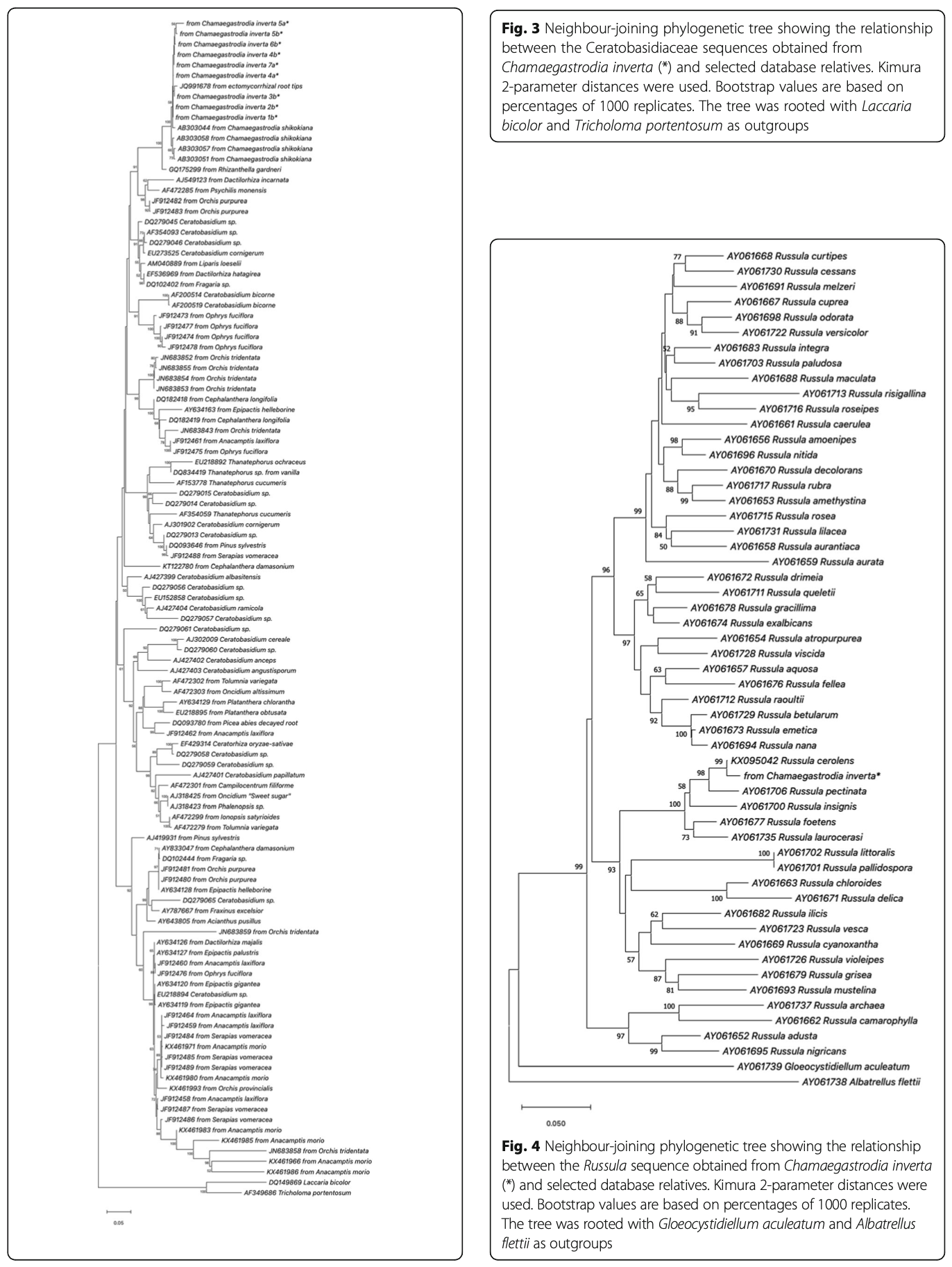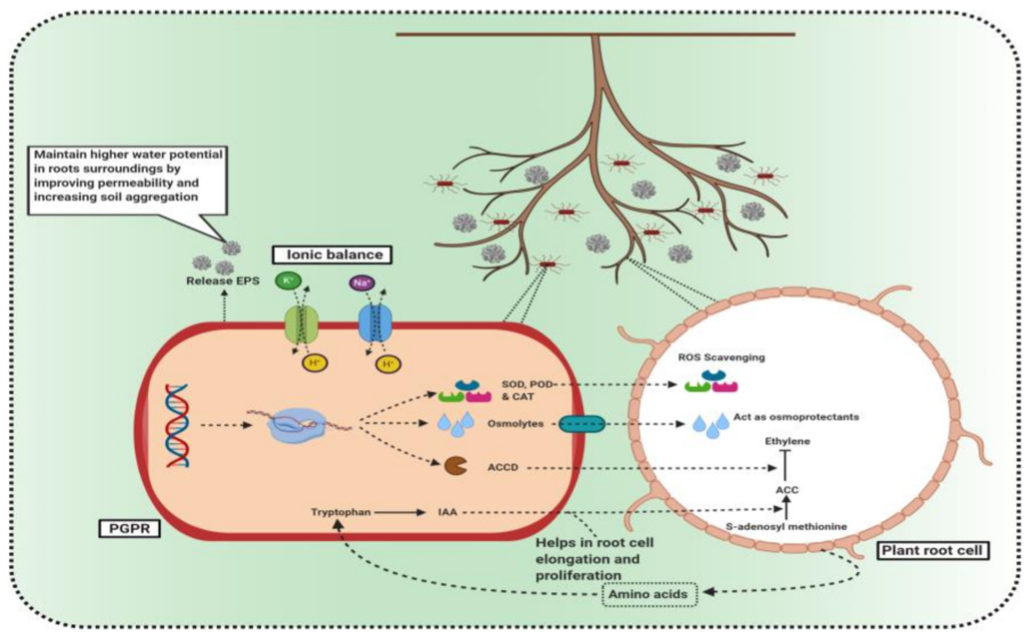Pecoraro Lorenzo——Associate Professor |
|
|
Nationality:
|
Italy
|
|
Phone:
|
+86 185 2082 4550
|
|
Email:
|
lorenzo.pecoraro@gmail.com
|
|
Office:
|
Room A 314-6, Building 24, SPST, Tianjin University
|
|
School:
|
School of Pharmaceutical Science and Technology
|
|
ResearcherID:
|
|
|
Group weblink
|
|
Education Experience
| -2010 | Ph. D. Applied Environmental Sciences and Technologies | University of Siena, Italy |
| -2002 | M.S. MSc-level Degree in Natural Sciences | Rome University “La Sapienza”, Italy |
Professional Experience
| 2016-2018 | Postdoctoral Researcher | Institute of Microbiology, Chinese Academy of Sciences |
| 2014-2016 | Postdoctoral Researcher | Tsinghua University |
| 2014-2016 | Postdoctoral Researcher | The National Orchid Conservation Center of China, Shenzhen |
| 2011-2013 | Postdoctoral Researcher | Estonian University of Life Sciences, Tartu, Estonia |
| 2010-2010 | Postdoctoral Researcher | Università di Pavia, Italy |
| 2004-2010 | Research Fellow | Siena University, Italy |
| 2008-2008 | Research Fellow | University of Tuscia, Viterbo, Italy |
| 2008-2008 | Research Fellow | Rome University “La Sapienza”, Italy |
| 2006-2007 | Research Fellow | Rome University “La Sapienza”, Italy |
| 2006-2006 | Research Fellow | University of Tuscia, Viterbo, Italy |
| 2002-2004 | Research Fellow | Rome University “La Sapienza”, Italy |
| 2002-2003 | Research Fellow | (N.R.C.) National Research Council, Monterotondo, Italy |
Research Area
Honors and Awards
| 2016-2018 Postdoctoral Research Grant (CAS 153211KYSB20160029), Chinese Academy of Sciences, Beijing, China. |
| 2014-2016 Postdoctoral Research Grant, Tsinghua University, Beijing, China. |
| 2014-2016 Postdoctoral Research Grant, Shenzhen Key Laboratory for Orchid Conservation and Utilization, The National Orchid Conservation Center of China and The Orchid Conservation and Research Center of Shenzhen, Shenzhen, China. |
| 2016 Shenzhen Government Prize for Postdoctoral Researcher. |
| 2015 Shenzhen Government Prize for Postdoctoral Researcher. |
| 2011 MOBILITAS Postdoctoral Research Grant MJD135 funded by Estonian Science Foundation and European Social Fund. |
| 2010 Postdoctoral Research Grant, Università di Pavia, Italy. |
| 2003 Certificate Post Lauream "Alta Formazione DISIO" (Conservation of Cultural Heritage from Biodeterioration) provided by Italian Ministry of Cultural Heritage, National Research Council and Rome University “La Sapienza". Awarded with the highest grade. |
| 2000 Certificate "Mycologist", Regione Lazio (Department Latium), Rome, Italy. |
| 2018 Visiting Professor 2019 Grant, Università di Roma "La Sapienza", Rome, Italy, funded by “Sapienza Visiting Professor Programme 2018”, within “Bando di selezione di professori visitatori - Decreto Rettorale n. 1071 del 13.04.2018, prot. n. 0032029”. |
| 2007 Title of “Cultore della materia” in Mycology, assigned by University of Siena. |
| 2 October 2022 I was Awarded the Scientific National Qualification as Full Professor by the Italian Ministero dell’Università e della Ricerca. |
Patents
Highlighted Publications
| Md M. H. Nafis, Amran A. Q. A. Al-Shaarani, Mohammed H. M. Muafa, Yiwen Wang, Chunying Deng, Yusufjon Gafforov, Lorenzo Pecoraro* (2024). Divergent effects of entomopathogenic fungi and medicinal mushroom species on Drosophila melanogaster lifespan. All Life, 17(1): 2356838, https://doi.org/10.1080/26895293.2024.2356838. |
| Maria Letizia Gargano, Gaetano Balenzano, Giuseppe Venturella, Maria Maddalena Cavalluzzi, Natalie Paola Rotondo, Giovanni Lentini, Fortunato Cirlincione, Giulia Mirabile, Ewa Zapora, Marek Wołkowycki, Lorenzo Pecoraro, Valeria Ferraro (2024). Nutritional contents and antimicrobial activity of the culinary-medicinal mushroom Leccinum scabrum. Mycology, https://doi.org/10.1080/21501203.2024.2342519. |
| Mohammed H.M. Muafa, Ziwei M. Quach, Amran A.Q.A. Al-Shaarani, Md M.H. Nafis, Lorenzo Pecoraro* (2024). The influence of car traffic on airborne fungal diversity in Tianjin, China. Mycology, https://doi.org/10.1080/21501203.2023.2300343. |
| Giulia Mirabile, Valeria Ferraro, Francesco Paolo Mancuso, Lorenzo Pecoraro, Fortunato Cirlincione (2023). Biodiversity of Fungi in Freshwater Ecosystems of Italy. Journal of Fungi, 9: 993. |
| Md M. H. Nafis, Ziwei M. Quach, Amran A. Q. A. Al-Shaarani, Mohammed H. M. Muafa, Lorenzo Pecoraro* (2023). Pathogenicity of Aspergillus Airborne Fungal Species Collected from Indoor and Outdoor Public Areas in Tianjin, China. Pathogens, 12: 1154; https://doi.org/10.3390/pathogens12091154 |
| Gafforov Y., Milena Rašeta, Manzura Yarasheva, Lorenzo Pecoraro, Michal Tomšovský, Chunying Deng, Christopher Hobbs, Sylvie Rapior (2023). Schizophyllum commune Fr.- SCHIZOPHYLLACEAE. In: Khojimatov, O.K., Gafforov, Y., Bussmann, R.W. (eds) Ethnobiology of Uzbekistan. Ethnobiology. Springer, Cham. https://doi.org/10.1007/978-3-031-23031-8_124 |
| Gafforov Y., Bożena Muszyńska, Katarzyna Sułkowska-Ziaja, Michal Tomšovský, Manzura Yarasheva, Lorenzo Pecoraro, Oksana Mykchaylova, Sylvie Rapior (2023). Laricifomes officinalis (Vill.) Kotl. & Pouzar - FOMITOPSIDACEAE. In: Khojimatov, O.K., Gafforov, Y., Bussmann, R.W. (eds) Ethnobiology of Uzbekistan. Ethnobiology. Springer, Cham. https://doi.org/10.1007/978-3-031-23031-8_116 |
| Amran A. Q. A. Al-Shaarani, Ziwei M. Quach, Xiao Wang, Mohammed H. M. Muafa, Md M. H. Nafis, Lorenzo Pecoraro* (2023). Analysis of Airborne Fungal Communities on Pedestrian Bridges in Urban Environments. Microorganisms, 11: 2097; https://doi.org/10.3390/ microorganisms11082097 |
| Yumna Nageen, Xiao Wang, Lorenzo Pecoraro* (2023). Seasonal variation of airborne fungal diversity and community structure in urban outdoor environments in Tianjin, China. Frontiers in Microbiology, 13: 1043224; doi: 10.3389/fmicb.2022.1043224 |
| Chaonan Yuan, Xiao Wang, Lorenzo Pecoraro* (2022). Environmental factors shaping the diversity and spatial-temporal distribution of indoor and outdoor culturable airborne fungal communities in Tianjin University campus, Tianjin, China. Frontiers in Microbiology, 13: 928921; DOI: 10.3389/fmicb.2022.928921. |
| Yixuan Lu, Xiao Wang, Lucineidy C. S. de S. Almeida, Lorenzo Pecoraro* (2022). Environmental Factors Affecting Diversity, Structure, and Temporal Variation of Airborne Fungal Communities in a Research and Teaching Building of Tianjin University, China. Journal of Fungi, 8: 431; https://doi.org/ 10.3390/jof8050431. |
| Lorenzo Pecoraro*, Xiao Wang, Dawood Shah, Xiaoxuan Song, Vishal Kumar, Abdul Shakoor, Keshawanand Tripathi, Pramod W. Ramteke, Rupa Rani (2022). Biosynthesis pathways, transport mechanisms, and biotechno-logical applications of fungal siderophores. Journal of Fungi, 8: 21; https://doi.org/10.3390/jof8010021. |
| Dawood Shah, Mohammad Sayyar Khan, Shahkaar Aziz, Haidar Ali, Lorenzo Pecoraro* (2022). Molecular and Biochemical Characterization, Antimicrobial Activity, Stress Tolerance, and Plant Growth-Promoting Effect of Endophytic Bacteria Isolated from Wheat Varieties. Microorganisms, 10(1): 21; https://doi.org/10.3390/microorganisms10010021. |
| Junmin Liang, Lorenzo Pecoraro, Lei Cai, Zhilin Yuan, Peng Zhao, Clement K.M. Tsui, Zhifeng Zhang (2021). Phylogenetic relationships, speciation, and origin of Armillaria in Northern Hemisphere: a lesson based on rRNA and elongation factor 1-alpha. Journal of Fungi, 7: 1088; https://doi.org/10.3390/jof7121088. |
| Chaonan Yuan, Xiao Wang, Michael Dare Asemoloye, Yiwen Wang, Maria Letizia Gargano, Huai-Jun Xue and Lorenzo Pecoraro* (2021). First Record of Clonostachys rosea as Entomopathogenic Fungus of Coleoptera in China. Plant Biosystems, https://doi.org/10.1080/11263504.2021.2013339. |
| Xiao Wang, Lorenzo Pecoraro* (2021). Diversity and Co-occurrence Patterns of Fungal and Bacterial Communities from Alkaline Sediments and Water of Julong High-altitude Hot Springs in Tianchi Volcano, Northeast China. Biology, 10: 894; doi.org/10.3390/biology10090894. |
| Alka Sagar, Parikshita Rathore, Pramod W. Ramteke, Wusirika Ramakrishna, Munagala S. Reddy and Lorenzo Pecoraro* (2021). Plant Growth Promoting Rhizobacteria, Arbuscular Mycorrhizal Fungi and Their Synergistic Interactions to Counteract the Negative Effects of Saline Soil on Agriculture: Key Macromolecules and Mechanisms. Microorganisms, 9: 1491; https://doi.org/10.3390/microorganisms9071491. |
| Shihan Xu, Xiao Wang, Yumna Nageen, Lorenzo Pecoraro* (2021). Analysis of gut-associated fungi from Chinese Mitten Crab Eriocheir sinensis. All Life, 14(1): 610-621; https://doi.org/10.1080/26895293.2021.1939171. |
| Lorenzo Pecoraro*, Hanne N. Rasmussen, Sofia I.F. Gomes, Xiao Wang, Vincent S.F.T. Merckx, Lei Cai, Finn N. Rasmussen (2021). Fungal diversity driven by bark features affects phorophyte preference in epiphytic orchids from southern China. Scientific Reports, 11: 11287; https://doi.org/10.1038/s41598-021-90877-1. |
| Yi Zhang, Haixia Ji, Ou Qiao, Zhi Li, Lorenzo Pecoraro, Xueqian Zhang, Xiaoying Han, Wenzhe Wang, Xinyu Zhang, Shuli Man, Juan Wang, Xia Li, Changxiao Liu, Luqi Huang, Wenyuan Gao (2021). Nanoparticle conjugation of ginsenoside Rb3 inhibits myocardial fibrosis by regulating PPARα pathway. Biomedicine & Pharmacotherapy, 139: 111630. |
| Yumna Nageen, Michael Dare Asemoloye, Sergei Põlme, Xiao Wang, Shihan Xu, Pramod W. Ramteke, Lorenzo Pecoraro* (2021). Analysis of culturable airborne fungi in outdoor environments in Tianjin, China. BMC Microbiolgy, 21: 134; https://doi.org/10.1186/s12866-021-02205-2. |
| Xiao Wang, Lorenzo Pecoraro* (2021). Analysis of soil fungal and bacterial communities in Tianchi Volcano crater, northeast China. Life, 11: 280; https://doi.org/10.3390/ life11040280. |
| Maria Letizia Gargano, Giuseppe Venturella, Filippo Bosco, Maria Grazia Fabrini, Wenyuan Gao, Lorenzo Pecoraro (2021). The Role of Medicinal Mushrooms in Brain Cancer Therapies: Review. International Journal of Medicinal Mushrooms, 23(5): 13-20; DOI: 10.1615/IntJMedMushrooms.2021038277. |
| Michael Dare Asemoloye, Mario Andrea Marchisio, Vijai Kumar Gupta, Lorenzo Pecoraro* (2021). Genome-based engineering of ligninolytic enzymes in fungi. BMC Microbial Cell Factories, 20: 20; https://doi.org/10.1186/s12934-021-01510-9. |
| Zeba Usmani, Minaxi Sharma, Abhishek Kumar Awasthi, Nallusamy Sivakumar, Tiit Lukk, Lorenzo Pecoraro, Vijay Kumar Thakur, Dave Roberts, John Newbold, Vijai Kumar Gupta (2021). Bioprocessing of waste biomass for sustainable product development and minimizing environmental impact. Bioresource Technology, 322: 124548; https://doi.org/10.1016/j.biortech.2020.124548. |
| Michael Dare Asemoloye, Solveig Tosi, Chiara Daccò, Xiao Wang, Shihan Xu, Mario Andrea Marchisio, Wenyuan Gao, Segun Gbolagade Jonathan, Lorenzo Pecoraro* (2020). Hydrocarbon Degradation and Enzyme Activities of Aspergillus oryzae and Mucor irregularis Isolated from Nigerian Crude Oil-Polluted Sites. Microorganisms, 8: 1912; doi:10.3390/microorganisms8121912. |
| Yusufjon Gafforov, Alexander Ordynets, Ewald Langer, Manzura Yarasheva, Adriana de Mello Gugliotta, Dmitry Schigel, Lorenzo Pecoraro, Yu Zhou, Lei Cai, Li-Wei Zhou (2020). Species diversity with comprehensive annotations of wood-inhabiting poroid and corticioid fungi in Uzbekistan. Frontiers in Microbiology, 11: 598321; doi: 10.3389/fmicb.2020.598321. |
| Ferraro Valeria, Venturella Giuseppe, Pecoraro Lorenzo, Gao Wenyuan, Gargano Maria Letizia (2020). Cultivated mushrooms: importance of a multi-purpose crop, with special focus on Italian fungiculture. Plant Biosystems, in press. |
| Lorenzo Pecoraro*, Xiao Wang, Giuseppe Venturella, Wenyuan Gao, Tingchi Wen, Yusufjon Gafforov, Vijai Kumar Gupta, 2020: Molecular evidence supports simultaneous association of the achlorophyllous orchid Chamaegastrodia inverta with ectomycorrhizal Ceratobasidiaceae and Russulaceae. BMC Microbiology, 20: 236. https://doi.org/10.1186/s12866-020-01906-4. |
| Lorenzo Pecoraro*, Tancredi Caruso, Vijai Kumar Gupta, Robert P. Borris, Yunchun Zhang, Lei Cai, 2021: Analysis on macrofungal communities reveals a complex reciprocal influence between Mediterranean montane calcareous grassland and surrounding forest habitats. Journal of Systematics and Evolution, 59(2): 278-288; doi: 10.1111/jse.12583. |
| Balasubramani Govindasamy, Lorenzo Pecoraro*, Balasubramanian Velramar, Silambarasan Tamilselvan, Ayyasamy Pudukadu Munusamy, Ragavendran Chinnasamy, Perumal Pachiappan, 2019: Evaluation of Salmonella bongori derived biosurfactants and its extracellular protein separation by SDS-PAGE using petridishes: A simply modified approach. International Journal of Biological Macromolecules, 140: 156-167. |
| L. Garzoli, M. Riccucci, E. Patriarca, P. Debernardi, A. Boggero, L. Pecoraro, A.M. Picco 2019: First Isolation of Pseudogymnoascus destructans, the Fungal Causative Agent of White-Nose Disease, in Bats from Italy. Mycopathologia 184: 637–644. |
| Pecoraro L.*, Caruso T., Cai L., Gupta V.K., Liu Z.-J., 2018: Fungal networks and orchid distribution: new insights from above- and below-ground analyses of fungal communities. IMA Fungus, 9(1): 1-11. |
| Spina F., Cecchi G., Landinez-Torres A., Pecoraro L., Russo F., Wu B., Cai L., Liu X. Z., Tosi S., Varese G. C., Zotti M., Persiani A. M., 2018: Fungi as a toolbox for sustainable bioremediation of pesticides in soil and water. Plant Biosystems, 152(3): 474-488. DOI: 10.1080/11263504.2018.1445130 |
| Brahma N. Singh, Braj R. Singh, Vijai K. Gupta, Ravindra N. Kharwar, Lorenzo Pecoraro, 2018: Coating of Microbial Hydrophobins: A Novel Approach to Develop Smart Drug Nanoparticles. Trends in Biotechnology, 36(11): 1103-1106. DOI: https://doi.org/10.1016/j.tibtech.2018.03.006 |
| Aouali S., Ouanouki B., Boutelba I., Pecoraro L., 2018: A vulnerable thelephoroid fungus, Lenzitopsis oxycedri, on Cupressus sempervirens in Algeria. Mycotaxon, 133(1): 1-7. |
| Põlme S., Bahram M., Jacquemyn H., Kennedy P., Kohout P., Moora M., Oja J., Öpik M., Pecoraro L., Tedersoo L., 2018: Host preference and network properties in biotrophic plant–fungal associations. New Phytologist, 217: 1230-1239. doi: 10.1111/nph.14895 |
| Guo-Qiang Zhang, Ke-Wei Liu, Zhen Li, Rolf Lohaus, Yu-Yun Hsiao, Shan-Ce Niu, Jie-Yu Wang, Yao-Cheng Lin, Qing Xu, Li-Jun Chen, Kouki Yoshida, Sumire Fujiwara, Zhi-Wen Wang, Yong-Qiang Zhang, Nobutaka Mitsuda, Meina Wang, Guo-Hui Liu, Lorenzo Pecoraro, Hui-Xia Huang, Xin-Ju Xiao, Min Lin, Xin-Yi Wu, Wan-Lin Wu, You-Yi Chen, Song-Bin Chang, Shingo Sakamoto, Masaru Ohme-Takagi, Masafumi Yagi, Si-Jin Zeng, Ching-Yu Shen, Chuan-Ming Yeh, Yi-Bo Luo, Wen-Chieh Tsai, Yves Van de Peer, Zhong-Jian Liu, 2017: The Apostasia genome and the evolution of orchids. Nature, 549: 379-383. doi:10.1038/nature23897 |
| Pecoraro L.*, Huang Laiqiang, Caruso T., Perotto S., Girlanda M., Cai L., Liu Zhong-Jian, 2017: Fungal diversity and specificity in Cephalanthera damasonium and C. longifolia (Orchidaceae) mycorrhizas. Journal of Systematics and Evolution, 55(2): 158-169. DOI: 10.1111/jse.12238 |
| Pecoraro L.*, Girlanda M., Liu Zhong-Jian, Huang Laiqiang, Perotto S., 2015: Molecular analysis of fungi associated with the Mediterranean orchid Ophrys bertolonii Mor. Annals of Microbiology, 65: 2001-2007. DOI 10.1007/s13213-015-1038-9. |
| Pecoraro L.*, Angelini P., Arcangeli A., Bistocchi G., Gargano M.L., La Rosa A., Lunghini D., Polemis E., Rubini A., Saitta A., Venanzoni R., Zervakis G.I., 2014: Macrofungi in Mediterranean maquis along seashore and altitudinal transects. Plant Biosystems, 148: 367-376. |
| Pecoraro L.*, Girlanda M., Kull T., Perini C., Perotto S., 2013: Fungi from the roots of the terrestrial photosynthetic orchid Himantoglossum adriaticum. Plant Ecology and Evolution, 146 (2): 145-152. |
| Perotto S., Angelini P., Bianciotto V., Bonfante P., Girlanda M., Kull T., Mello A., Pecoraro L., Perini C., Persiani A.M., Saitta A., Sarrocco S., Vannacci G., Venanzoni R., Venturella G., Selosse M.A., 2013: Interactions of fungi with other organisms. Plant Biosystems, 147 (1): 208-218. |
| Maggi O., Tosi S., Angelova M., Lagostina E., Fabbri A.A., Pecoraro L., Altobelli E., Picco A.M., Savino E., Branda E., Turchetti B., Zotti M., Vizzini A., Buzzini P., 2013: Adaptation of fungi, including yeasts, to cold environments. Plant Biosystems, 147 (1): 247-258. |
| Pecoraro L.*, Lunghini D., 2012: First record of Amanita dunensis in Italy. Mycotaxon 122: 261-263. |
| Pecoraro L.*, Girlanda M., Kull T., Perini C., Perotto S., 2012: Analysis of fungal diversity in Orchis tridentata Scopoli. Central European Journal of Biology 7 (5): 850-857. |
| Pecoraro L.*, Girlanda M., Kull T., Perini C., Perotto S., 2012: Molecular identification of root fungal associates in Orchis pauciflora Tenore. Plant Biosystems, 146 (4): 985-991. |
| Venturella G., Altobelli E., Bernicchia A., Di Piazza S., Donnini D., Gargano M.L., Perez Gorjón S.P., Granito V., Lantieri A., Lunghini D., Montemartini A., Padovan F., Pavarino M., Pecoraro L., Perini C., Rana G., Ripa C., Salerni E., Savino E., Tomei P.E., Vizzini A., Zambonelli A., Zotti M., 2011: Fungal biodiversity and in situ conservation in Italy. Plant Biosystems, 145 (4): 950-957. |
| Varese G.C., Angelini P., Bencivenga M., Buzzini P., Donnini D., Gargano M.L., Maggi O., Pecoraro L., Persiani A.M., Savino E., Tigini V., Turchetti B., Vannacci G., Venturella G., Zambonelli A., 2011: Ex-situ conservation and exploitation of fungi in Italy. Plant Biosystems, 145 (4): 997-1005. |
| Saitta A., Bernicchia A., Perez Gorjón S., Altobelli E., Granito V., Losi C., Lunghini D., Maggi O., Medardi G., Padovan F., Pecoraro L., Savino E., Vizzini A., Persiani A., 2011: Biodiversity of wood-decay fungi in Italy. Plant Biosystems, 145 (4): 958-968. |
